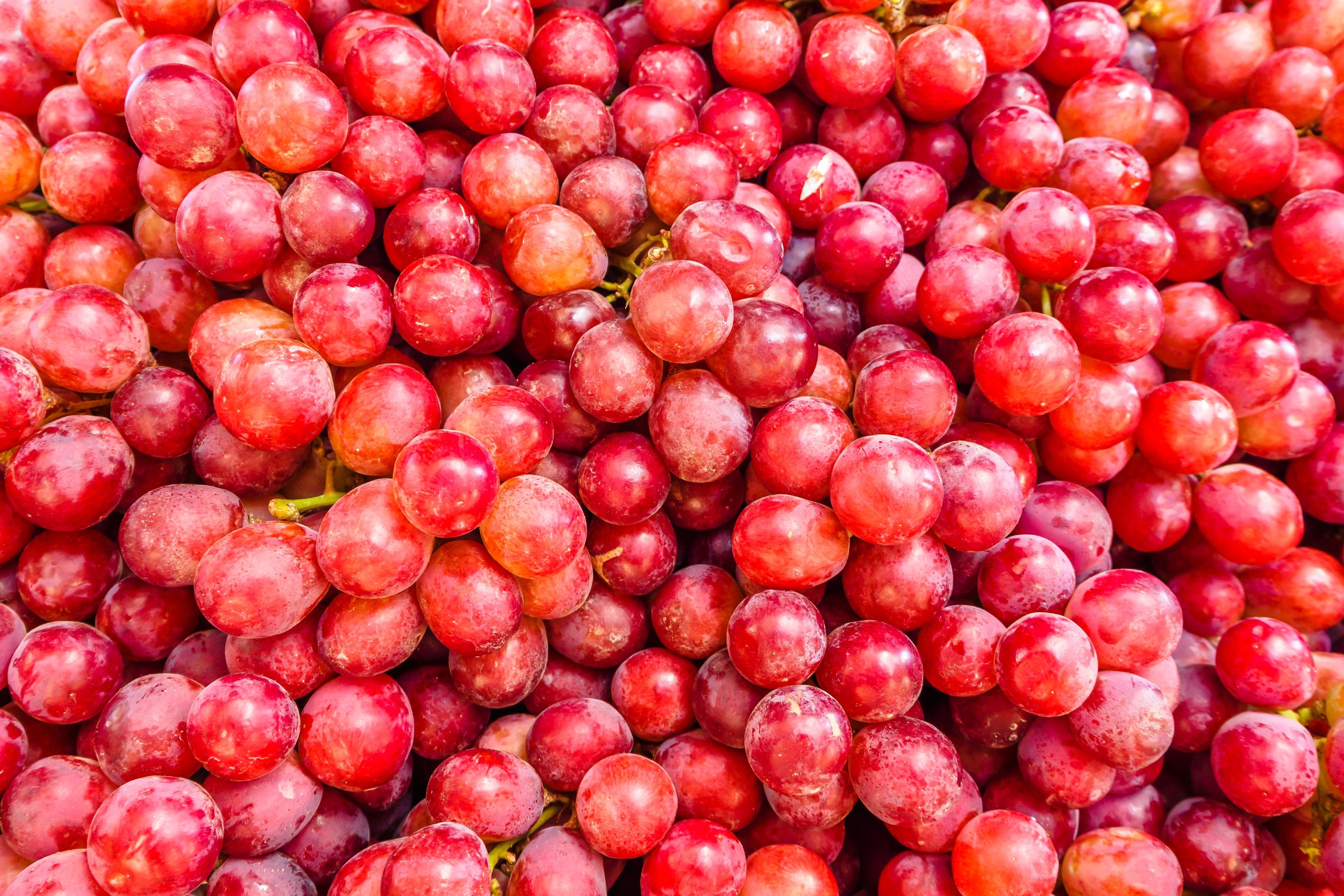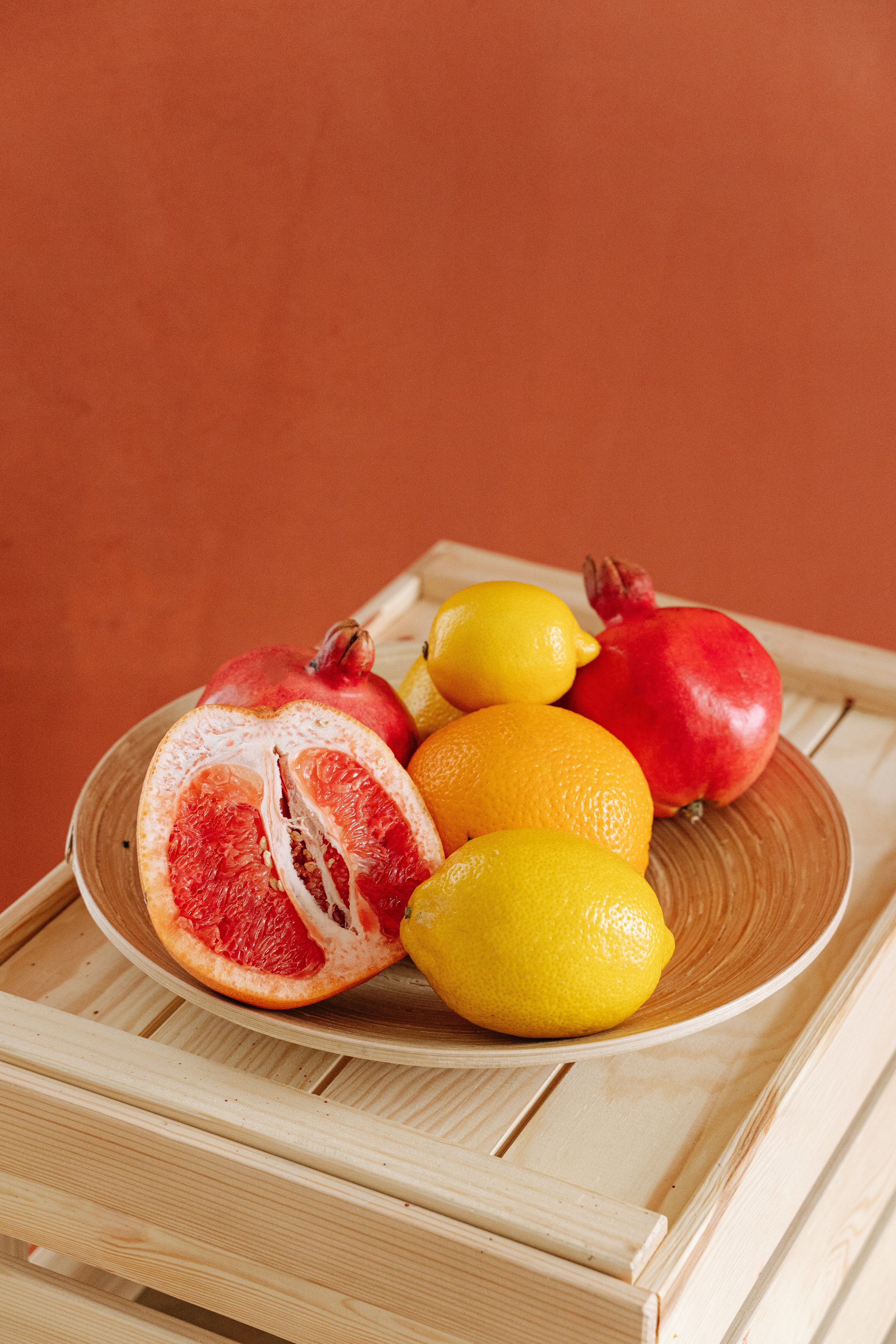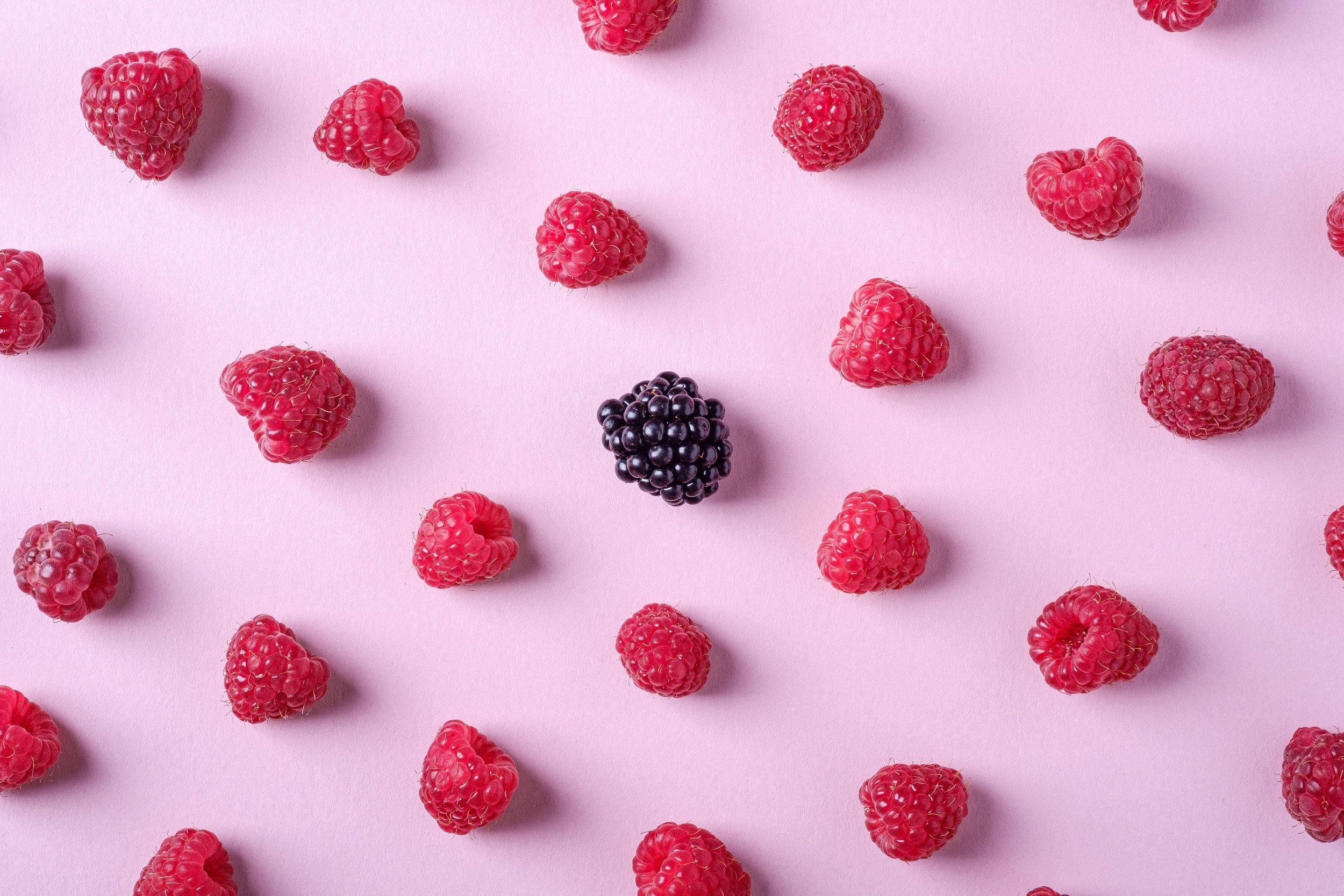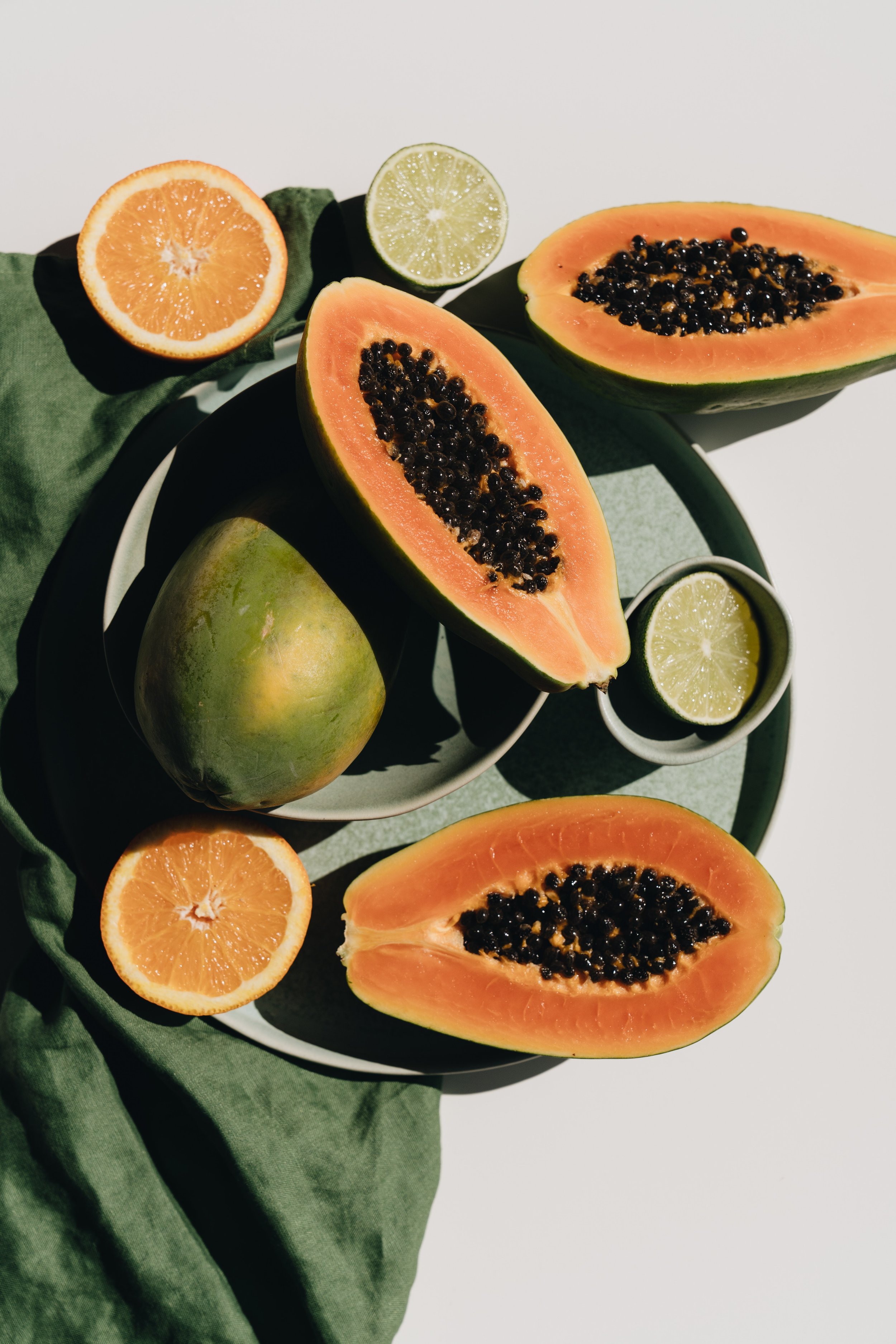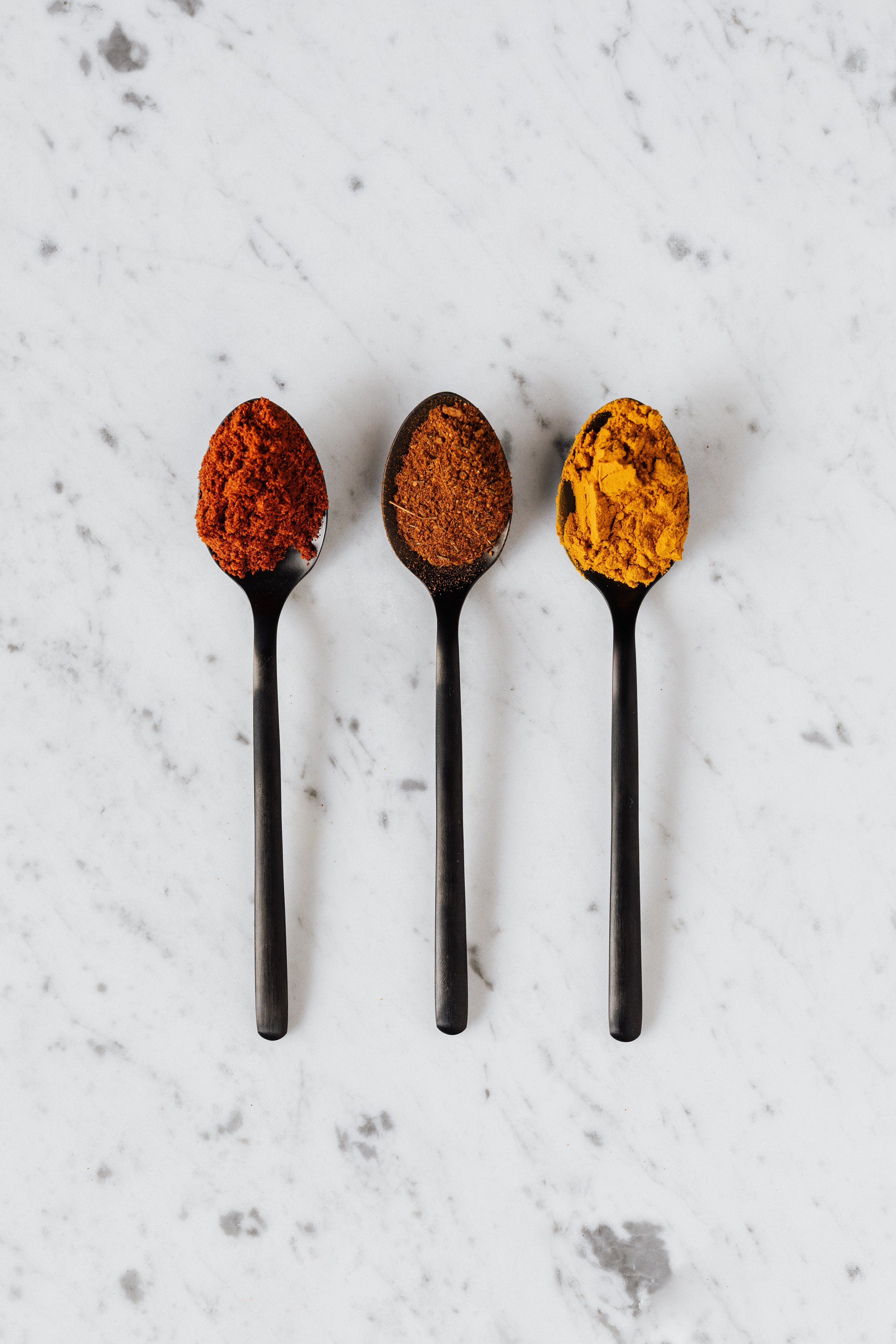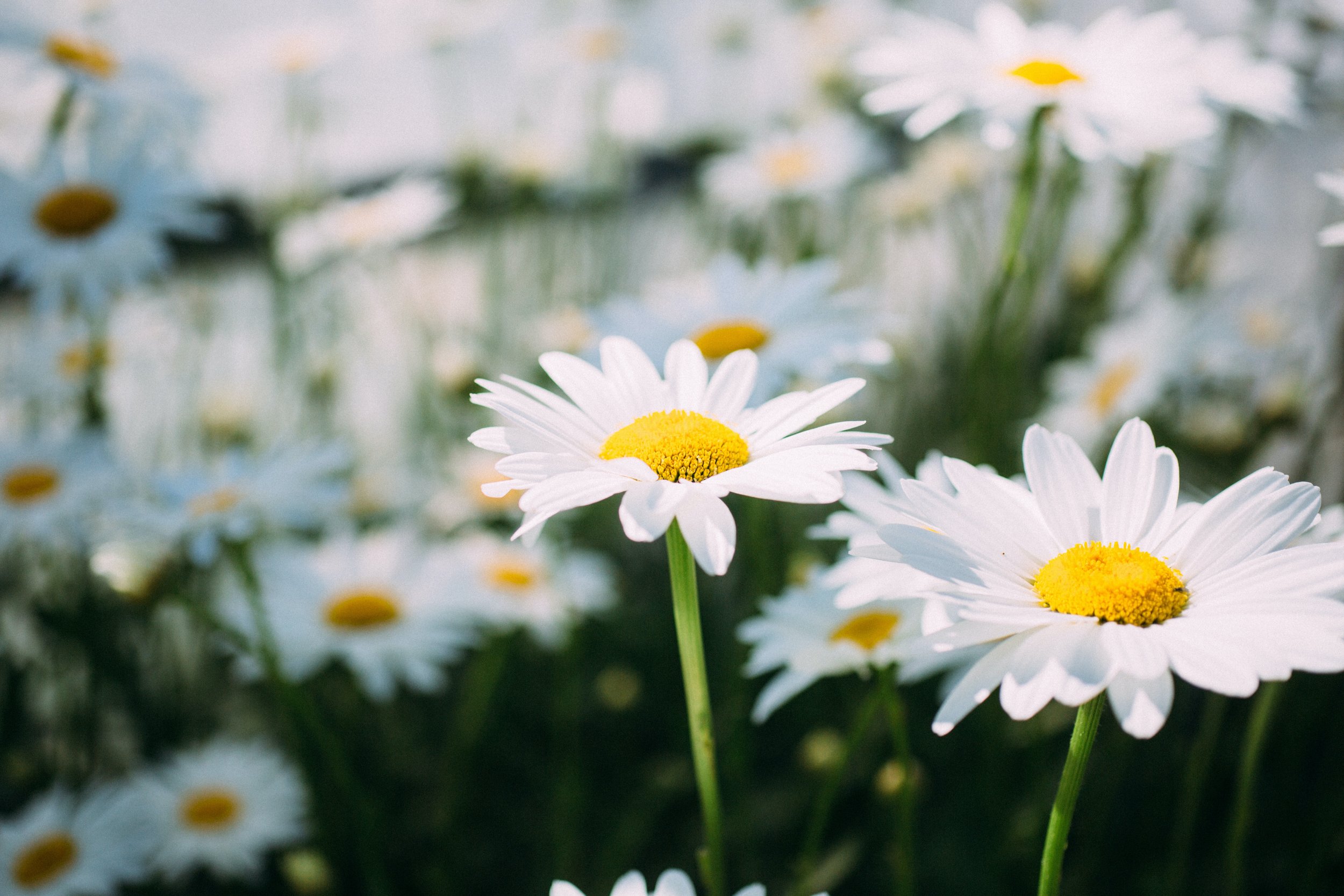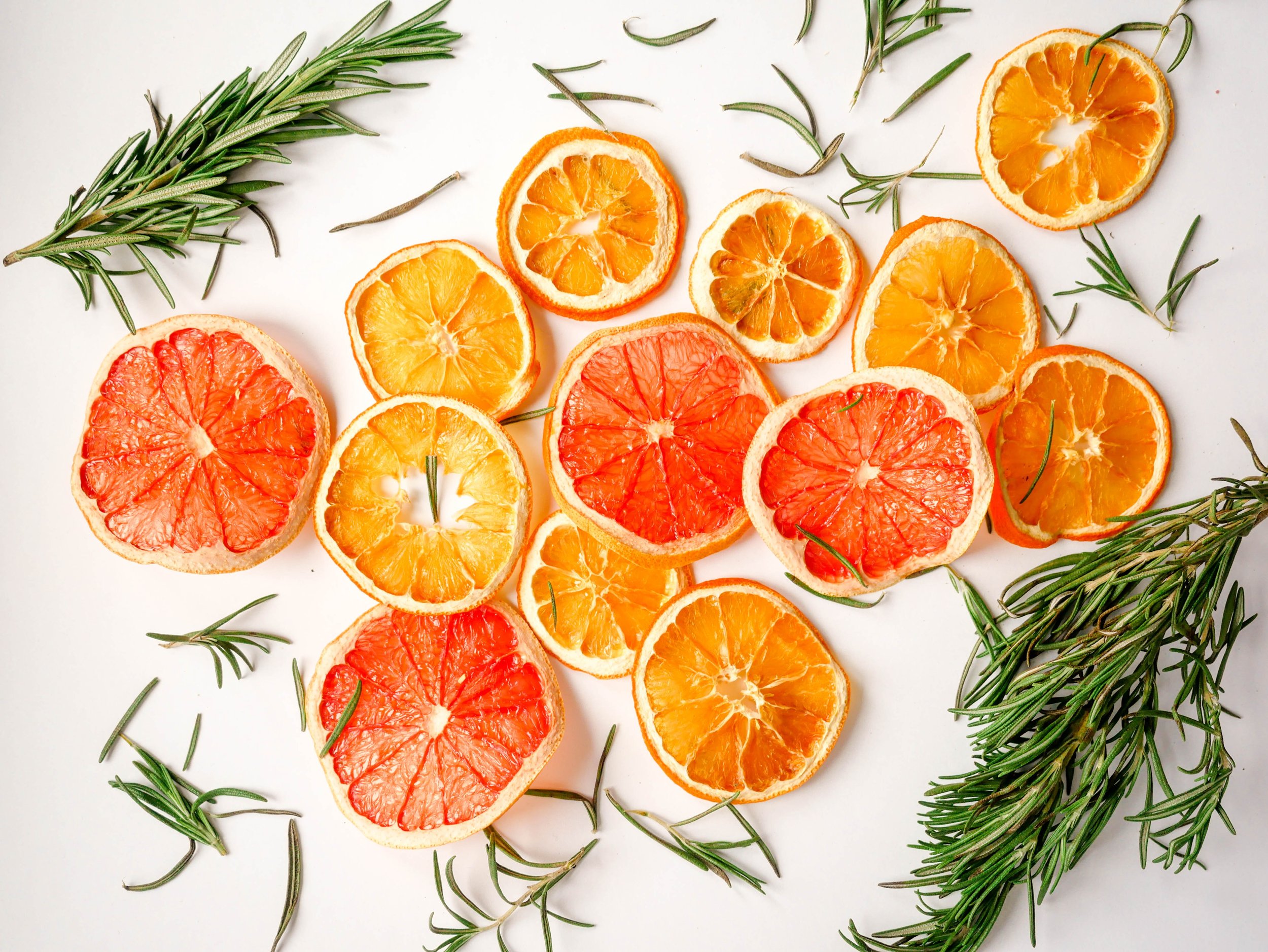developing a healthy relationship with the sun
As a holistic skin therapist I have a comprehensive approach regarding how to care for our skin in relationship with the sun. In this article we’ll discuss how to develop a healthy relationship with the sun, including skincare, dietary and lifestyle factors. I believe everything in life is connected and our relationship to sun-care is no different. The conversation is much more nuanced than discussing what amount of SPF is adequate these days.
If you’re intrigued and want to deepen your knowledge around our big beautiful Sun 🌞 you’re in the right place!
Most public health messaging surrounding sun exposure over the past few centuries has focused on the hazards of too much sun exposure. It’s important to remember that ultraviolet radiation (UVR) has both negative AND positive effects on human health.
UVA rays can contribute to skin cancer via generation of DNA-damaging molecules such as hydroxyl and oxygen radicals. UVB rays are ones that can cause sunburns. Both forms can damage collagen fibres, decrease Vitamin A levels in the skin, accelerate aging processes and cause skin cancer.
However, the World Health Organization (WHO) reports that “a larger annual disease burden arises from low levels of UVR exposure. This burden subsumes major disorders of the musculoskeletal system and possibly an increased risk of various autoimmune diseases and life-threatening cancers.” (ncbi; M. Nathaniel Mead, 2008, Benefits of Sunlight: A Bright Spot for Human Health) This means that in general, consciously avoiding sun exposure can be worse for our health overall.
“The best-known benefit of sunlight is its ability to boost the body’s vitamin D supply; most cases of vitamin D deficiency are due to lack of outdoor sun exposure. At least 1,000 different genes governing virtually every tissue in the body are now thought to be regulated by 1,25-dihydroxyvitamin D3 (1,25[OH]D), the active form of the vitamin, including several involved in calcium metabolism and neuromuscular and immune system functioning.”
We first started to see reports of an association between sun exposure and skin cancer surfacing in dermatology publications in the late 19th century. In the 1930’s the US public health services began issuing warnings about sun-related health risks — people were cautioned to avoid midday summer sun, it was recommended to wear hats, and gradually increase daily sun exposure amounts 5-10 minutes as a way to acclimatize our skin and minimize the risk of sunburn. The idea is to get our skin to build up a higher tolerance to the sun’s harsh summer ray’s through this gentle practice.
Another growing concern I hear from client’s is the depleting ozone layer and how that affects the sun’s ability to penetrate us more deeply. Atmospheric scientists first noted possible chemical destruction of the stratospheric ozone layer in the early 1970’s, and they predicted a consequence of this to be a rise in skin cancer rates. To mitigate risk INTERSUN, the Global UV Project was established with the express goal of reducing the burden of UVR-related disease. They developed an internationally recognized UV index to help frame sun protection messaging related to the daily intensity of UVR. When you look at the Weather Network, you’ll see the UV index. As a general rule of thumb, people should use sun protection when the UV index is higher than 3 and they plan to be in the sun for longer than 20 minutes.
Skin cancer is typically associated with too much UVR exposure, but other cancers could result from too little. Studies have shown that living at higher latitudes further from the Sun increases the risk of dying from breast, ovarian, colon, pancreatic, prostate and other cancers, as compared with those living at lower latitudes closer to the Sun. (ncbi; M. Nathaniel Mead, 2008, Benefits of Sunlight: A Bright Spot for Human Health)
In the context of Vitamin D insufficiency or inadequate sunlight, some scientists worry the emphasis on preventing skin cancer overshadows the significance of adequate sun exposure in preventing and healing other cancers, diseases and ailments. Many studies have shown that cancer-related death rates decline as one moves towards lower latitudes.
“As you head from north to south, you may find perhaps two or three extra deaths [per hundred thousand people] from skin cancer,” says Reinhold Vieth, a nutrition professor at the University of Toronto. “At the same time, though, you’ll find thirty or forty fewer deaths for the other major cancers. So when you estimate the number of deaths likely to be attributable to UV light or vitamin D, it does is not appear to be the best policy to advise people to simply keep out of the sun just to prevent skin cancer.”
Many experts now make a daily recommendation for supplementation with 4,000 IU vitamin D3 without sun exposure or 2,000 IU plus 12–15 minutes of midday sun. They advise this level is quite safe except for sun-sensitive individuals or those taking medications that increase photosensitivity.
Brief, repeated sun exposure is more efficient at producing vitamin D, whereas longer sun exposures (especially mid-day in the summer months) cause further damage to the skin cells and increase the risk of accelerated aging and skin cancer, but do NOT increase vitamin D production. (M. Nathaniel Mead, 2008)
Since many argue that the health benefits of UVR seem to outweigh the adverse effects, it’s imperative that we learn to develop a healthy relationship with the sun. The risks associated can be minimized by carefully managing lifestyle habits (ie. by avoiding getting a sunburn, retreating to shade when your skin starts to feel hot, avoiding prolonged exposure midday) as well as considering dietary factors.
“Antioxidants including polyphenols, apigenin, curcumin, proanthocyanidins, resveratrol, and silymarin have shown promise in laboratory studies in protecting against UVR-induced skin cancer, perhaps through antimutagenic or immune-modulating mechanisms.”
Of all the flavonoids, apigenin is one of the most widely distributed in the plant kingdom, and one of the most studied phenolics. Apigenin is present in significant amount in vegetables (parsley, celery, onions) fruits (oranges), and herbs (chamomile, thyme, oregano, basil). (Int J Mol Sci. 2019)
Turmeric is the major source of the polyphenol curcumin (Foods,2017).
Red grapes are the major source of resveratrol (Biomedicines. 2018).
Silymarin is an extract from the dried seeds and fruits of the milk thistle plant (S. marianum). Milk thistle has been used medicinally in Europe since the first century AD (Adv Ther. 2020).
Consuming a vibrant, colourful, diverse whole-food diet is a vital part of developing a healthy relationship with the sun.
I personally have experienced differences in my reaction to the Sun depending on my recent dietary intake. For instance, i’ve been at a BBQ consuming hotdogs, chips and alcohol, wearing adequate sun protection such as sunscreen, hats and long linen clothing, and still experienced sunburn. Alternatively, i’ve spent a day at the beach in full sun exposure without burning while eating antioxidant rich berries, fruits and veggies high in water content and other whole foods that support the research stated above. Our skin is a protecting layer against the outside world, but it’s also a reflection of our internal environment. We are what we eat, as they say!
The final piece to the puzzle here is mindset. What are our thoughts surrounding this topic? What do we think about our relationship with the sun? Are we fearful of the sun? Sometimes we have been conditioned from a young age to think negatively of the sun, and we have to spend some time unlearning these thought patterns to shift our thoughts into a more realistic and pleasant space. Where our attention goes our energy flows — every cell in our body is listening to our thoughts, and if we are constantly worried about burning, that’s not going to be helpful when we are trying to enjoy time in the sun. I hope all of the research and knowledge in this post informs you to make better decisions and form positive thoughts around sun exposure.
For more information on sun-care, take a look at my previous post “protect + repair your summer skin with these 5 tips”
I’d love to continue the discussion in the comments below! If you have anything further to share please do. As we head into the Summer Solstice together I invite you to get some safe sunshine on your skin and experience the pure joy and vitality that it creates for us.


